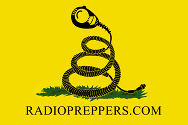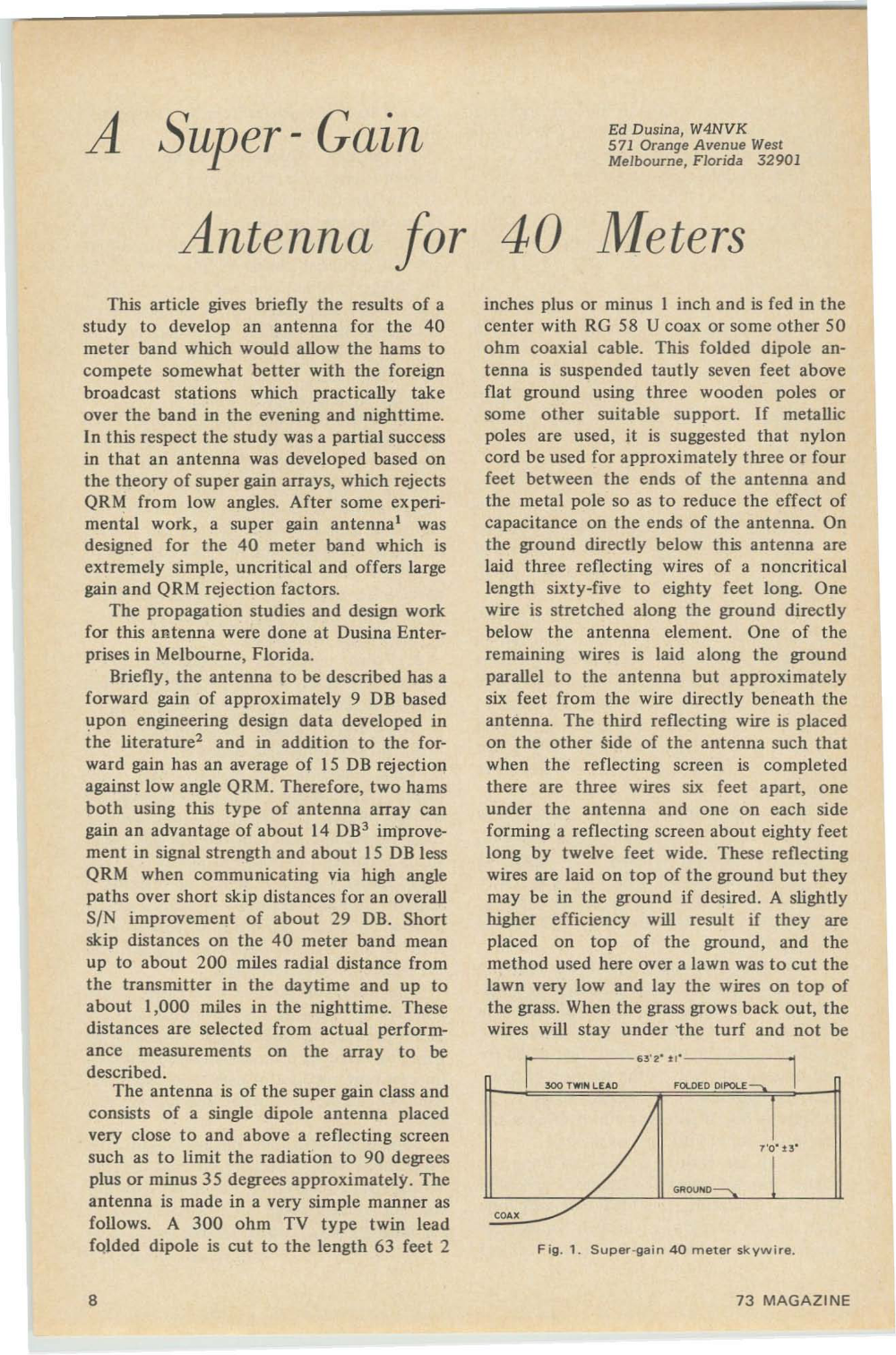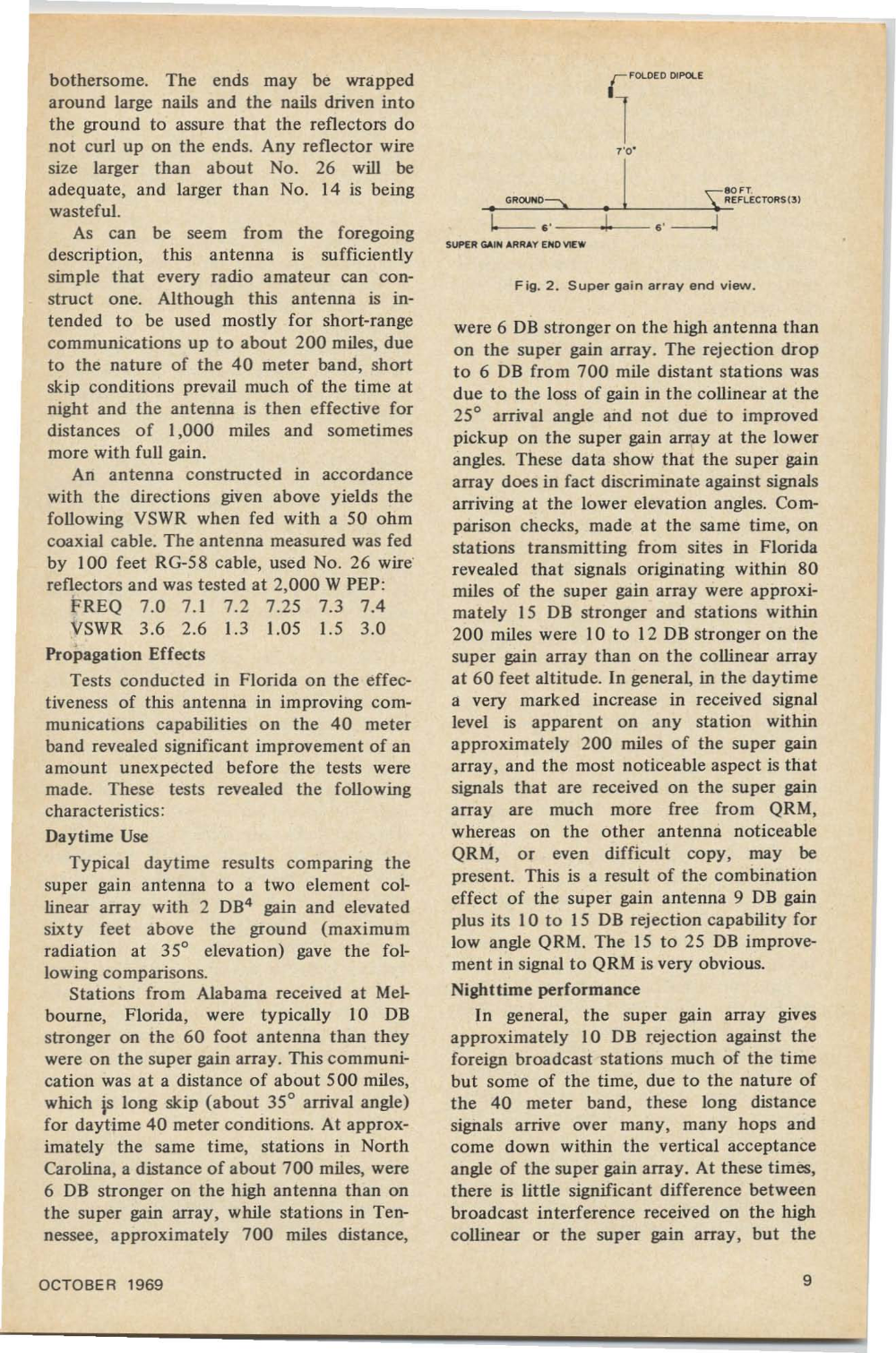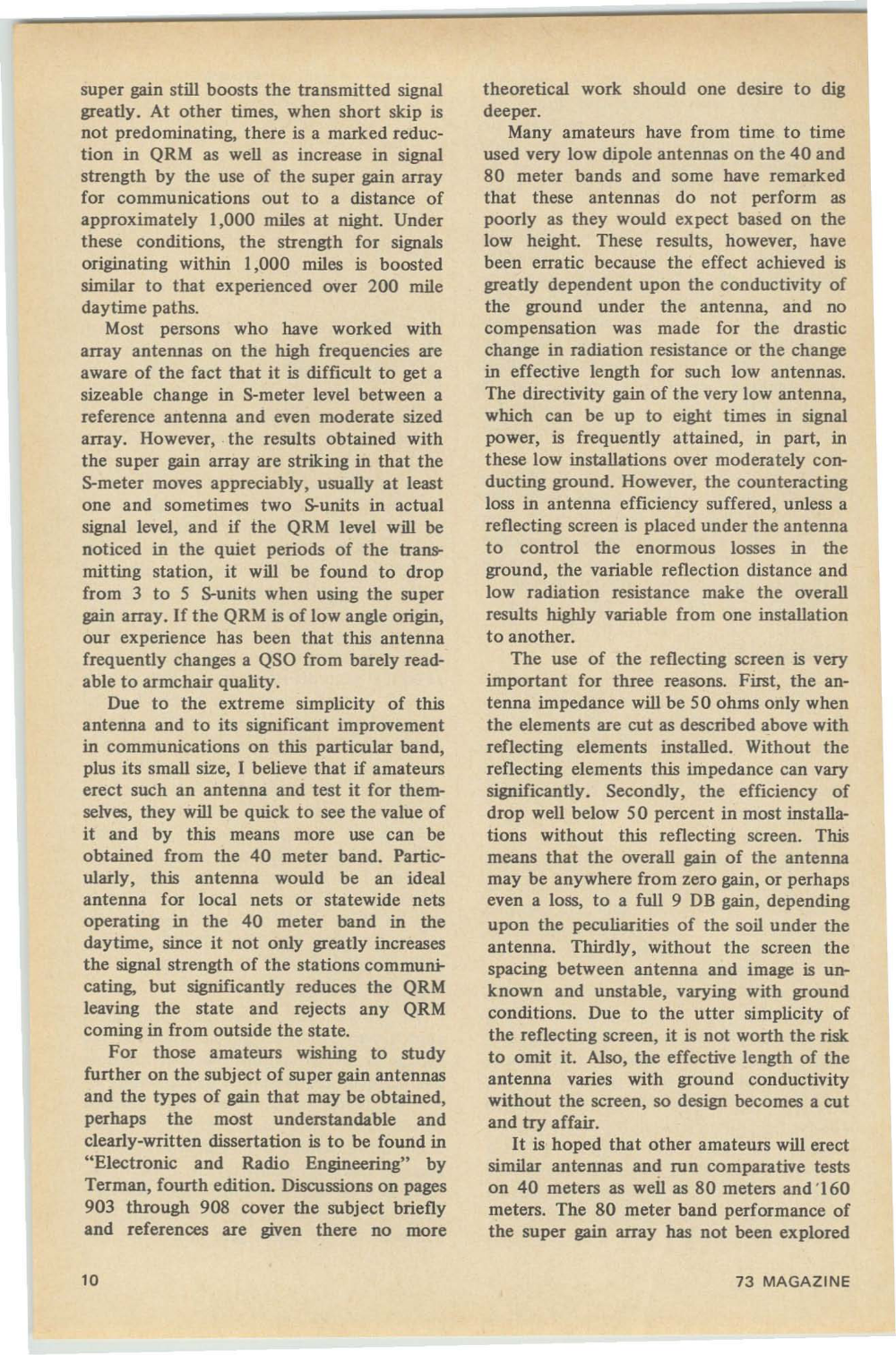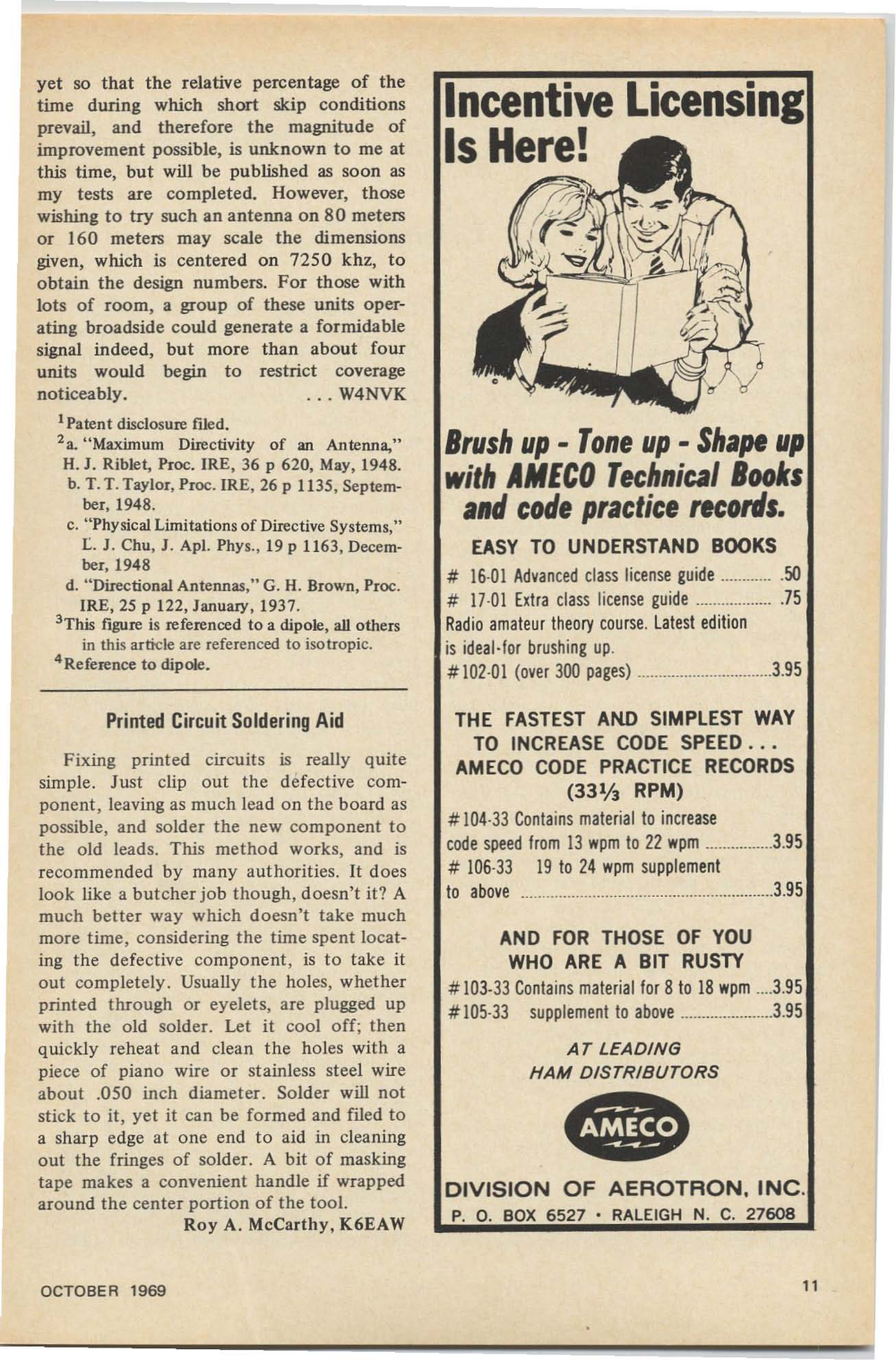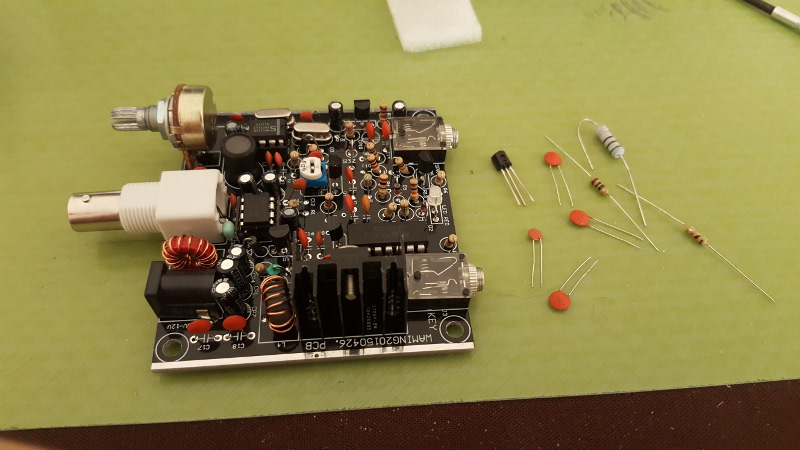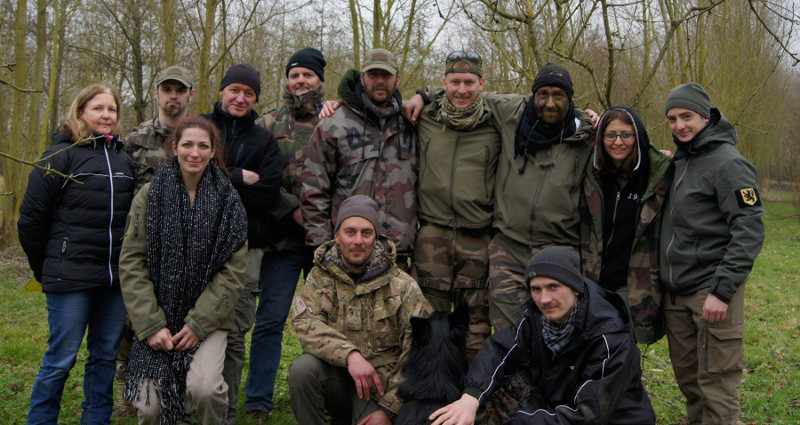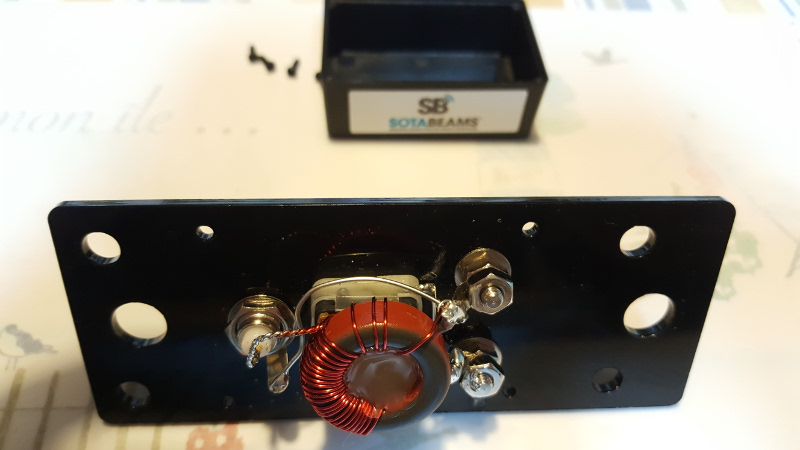Hello,
I have written about this in different posts but will group everything here.
A few weeks ago I attended a survival class, took my Weber MTR with me, which is my favorite portable radio. We were about ten people messing around in the woods, some ex-military and outdoors enthusiasts. That night we had a camp fire, great time to set up the MTR and show-off ham radio. It was cold. I shot a wire up a tree, laid out my 25ft of RG-174 to the radio, got my homebrew key, eight AA cells and tiny speaker. Fine... Except that the MTR was almost stomped on a couple times and I feared someone was going to trip on the RG-174. It also looked like it could rain at any moment but thankfully it didn't. I wished then I had brought my PRC-320 instead, and damned the weight... Wich brings me to my first point, ruggedness. The MTR is a great radio for when you're alone or with a friend on a SOTA activation or camping. With a group of people walking and working around, forget it. In a crisis situation, not so great. On the second trip three weeks later I did bring my 320. It did rain, I didn't care. The radio was outside... It got moved around, got wet, it didn't matter one bit. I did manage one contact with Spain. What a relief knowing the darn thing is nearly indestructible. That's what we need in amateur survival radio, something you can use under your car tire to get it out of a mud hole and call CQ right after that.
You think your FT-817nd is good on batteries? Yeah right... The RT-320 draws 175mA on receive and can output 30W, that's right, go cry to your mommy 8) The military knows that you can't carry a truck battery on your back to power your Icom/Yaesu/Kenwood mobile amp-guzzler. I can use a 7S LIPO 5Ah pack to power my 320 and it'll last, well, I don't know, because I never was able to drain the darn thing all the way! It seems like I use the same battery for at least a month! Even the heavier Clansman NiCads last forever. Low current draw is the single most important specification for a portable radio.
Nearly all military manpacks output around 30W. Why is that? Duh! Because that's all you need! At least for SSB. Using Morse code with CW you only need 5W, which is equivalent to around 100W SSB. Forget your expensive linear amplifier, use it to warm up your tent maybe, if you can power it long enough... More than 50W and you're just warming up the air around you. If the band is closed, your 1KW won't make a bit of difference. If it's open, it's open, you don't need 100W. Ok, it's sort of open a bit but conditions are bad? Use another band! Still not working? Go fishing, you're spending too much time on the radio, and remember, CW goes through somewhere, always. Still not working? Your antenna is bad. I chatted with a guy in Connecticut using my 320 and its 2.5m whip. Not impressed? I was in the North of France. I did not have 100W and used a much too short antenna, 3500 miles... All you need is 25W SSB, 5W CW.
I have also learned that wires are not your friend. Manpacks have everything built-in. Tuner and battery are part of the radio. We have too many things connected to our portable radios, it's a mess. I had a first epiphany about this when I put everything for my MTR on a clipboard. I had the radio, tuner, battery, speaker and key all attached to the clipboard using 3M Dual Lock strips. What a revelation! The only cable coming out of the clipboard was the antenna coax. I found the same philosophy in military radios, and it works. It eliminates points of failure and reduces the mess. You can move the radio without having a bunch of stuff dangling behind you, breaking and getting lost. It reduces water ingress in bad weather. We need to group our devices in one case if possible.
Military radios don't care about amateur band limits. If it's a 2-30Mhz radio it means it will transmit anywhere in that range. In a real life-and-death emergency band limits do not exist. So why use a radio that has them? I unlocked my KX2, except for the CB band, which is a shame. I hear the FT-817nd can be fully unlocked. Don't buy a multi-band radio that can't be unlocked. Imagine being stuck somewhere with a broken leg and no cell service. The only station you hear is a guy with a CB ten miles away... Imagine not being able to call him... We are smart enough to know our band limits, we don't need our radios to do it for us.
My RT-320 was pretty darn cheap considering its capabilities, around $350. Shipping one to the US will cost you a bit more. There are American military manpacks but they do cost even more. What we need is an amateur radio which gets as close as possible in ruggedness and simplicity as a military radio. There aren't any that I know of... Some commercial rigs are available but still out of reach for many people including myself.
We don't need to reinvent the wheel, especially not the wrong way. It has been done for us before at great expense, in money, sweat and even lives. We can take everything good in military radios, add a tuning encoder and lighter strong cast aluminum case to create the perfect prepper HF radio. The SGC-2020 was a good try, nothing since then... Instead people buy camo-painted and other pseudo-rugged/military radios that draw too much power and wouldn't resist the first rain or a mild shock. Unscrupulous manufacturers sell "military" hardware-store-material antennas for many times their value. Worst of all, these gismos won't make it when it matters most. It does show however that there is a market.
Until some manufacturer wakes up and smells the coffee we can only build kits and package them ourselves using available cases (look at Hammond cast aluminum series), ammo cases, Pelican and other rugged enclosures... Maybe some Chinese manufacturer will read this, oh please do it! Someone, anyone...
Further reading:
http://radiopreppers.com/index.php/topic,1022.0.html
http://radiopreppers.com/index.php/topic,1104.msg10810.html
Share these links, because we need such a radio ASAP!
Gil.
I have written about this in different posts but will group everything here.
A few weeks ago I attended a survival class, took my Weber MTR with me, which is my favorite portable radio. We were about ten people messing around in the woods, some ex-military and outdoors enthusiasts. That night we had a camp fire, great time to set up the MTR and show-off ham radio. It was cold. I shot a wire up a tree, laid out my 25ft of RG-174 to the radio, got my homebrew key, eight AA cells and tiny speaker. Fine... Except that the MTR was almost stomped on a couple times and I feared someone was going to trip on the RG-174. It also looked like it could rain at any moment but thankfully it didn't. I wished then I had brought my PRC-320 instead, and damned the weight... Wich brings me to my first point, ruggedness. The MTR is a great radio for when you're alone or with a friend on a SOTA activation or camping. With a group of people walking and working around, forget it. In a crisis situation, not so great. On the second trip three weeks later I did bring my 320. It did rain, I didn't care. The radio was outside... It got moved around, got wet, it didn't matter one bit. I did manage one contact with Spain. What a relief knowing the darn thing is nearly indestructible. That's what we need in amateur survival radio, something you can use under your car tire to get it out of a mud hole and call CQ right after that.
You think your FT-817nd is good on batteries? Yeah right... The RT-320 draws 175mA on receive and can output 30W, that's right, go cry to your mommy 8) The military knows that you can't carry a truck battery on your back to power your Icom/Yaesu/Kenwood mobile amp-guzzler. I can use a 7S LIPO 5Ah pack to power my 320 and it'll last, well, I don't know, because I never was able to drain the darn thing all the way! It seems like I use the same battery for at least a month! Even the heavier Clansman NiCads last forever. Low current draw is the single most important specification for a portable radio.
Nearly all military manpacks output around 30W. Why is that? Duh! Because that's all you need! At least for SSB. Using Morse code with CW you only need 5W, which is equivalent to around 100W SSB. Forget your expensive linear amplifier, use it to warm up your tent maybe, if you can power it long enough... More than 50W and you're just warming up the air around you. If the band is closed, your 1KW won't make a bit of difference. If it's open, it's open, you don't need 100W. Ok, it's sort of open a bit but conditions are bad? Use another band! Still not working? Go fishing, you're spending too much time on the radio, and remember, CW goes through somewhere, always. Still not working? Your antenna is bad. I chatted with a guy in Connecticut using my 320 and its 2.5m whip. Not impressed? I was in the North of France. I did not have 100W and used a much too short antenna, 3500 miles... All you need is 25W SSB, 5W CW.
I have also learned that wires are not your friend. Manpacks have everything built-in. Tuner and battery are part of the radio. We have too many things connected to our portable radios, it's a mess. I had a first epiphany about this when I put everything for my MTR on a clipboard. I had the radio, tuner, battery, speaker and key all attached to the clipboard using 3M Dual Lock strips. What a revelation! The only cable coming out of the clipboard was the antenna coax. I found the same philosophy in military radios, and it works. It eliminates points of failure and reduces the mess. You can move the radio without having a bunch of stuff dangling behind you, breaking and getting lost. It reduces water ingress in bad weather. We need to group our devices in one case if possible.
Military radios don't care about amateur band limits. If it's a 2-30Mhz radio it means it will transmit anywhere in that range. In a real life-and-death emergency band limits do not exist. So why use a radio that has them? I unlocked my KX2, except for the CB band, which is a shame. I hear the FT-817nd can be fully unlocked. Don't buy a multi-band radio that can't be unlocked. Imagine being stuck somewhere with a broken leg and no cell service. The only station you hear is a guy with a CB ten miles away... Imagine not being able to call him... We are smart enough to know our band limits, we don't need our radios to do it for us.
My RT-320 was pretty darn cheap considering its capabilities, around $350. Shipping one to the US will cost you a bit more. There are American military manpacks but they do cost even more. What we need is an amateur radio which gets as close as possible in ruggedness and simplicity as a military radio. There aren't any that I know of... Some commercial rigs are available but still out of reach for many people including myself.
We don't need to reinvent the wheel, especially not the wrong way. It has been done for us before at great expense, in money, sweat and even lives. We can take everything good in military radios, add a tuning encoder and lighter strong cast aluminum case to create the perfect prepper HF radio. The SGC-2020 was a good try, nothing since then... Instead people buy camo-painted and other pseudo-rugged/military radios that draw too much power and wouldn't resist the first rain or a mild shock. Unscrupulous manufacturers sell "military" hardware-store-material antennas for many times their value. Worst of all, these gismos won't make it when it matters most. It does show however that there is a market.
Until some manufacturer wakes up and smells the coffee we can only build kits and package them ourselves using available cases (look at Hammond cast aluminum series), ammo cases, Pelican and other rugged enclosures... Maybe some Chinese manufacturer will read this, oh please do it! Someone, anyone...
Further reading:
http://radiopreppers.com/index.php/topic,1022.0.html
http://radiopreppers.com/index.php/topic,1104.msg10810.html
Share these links, because we need such a radio ASAP!
Gil.
